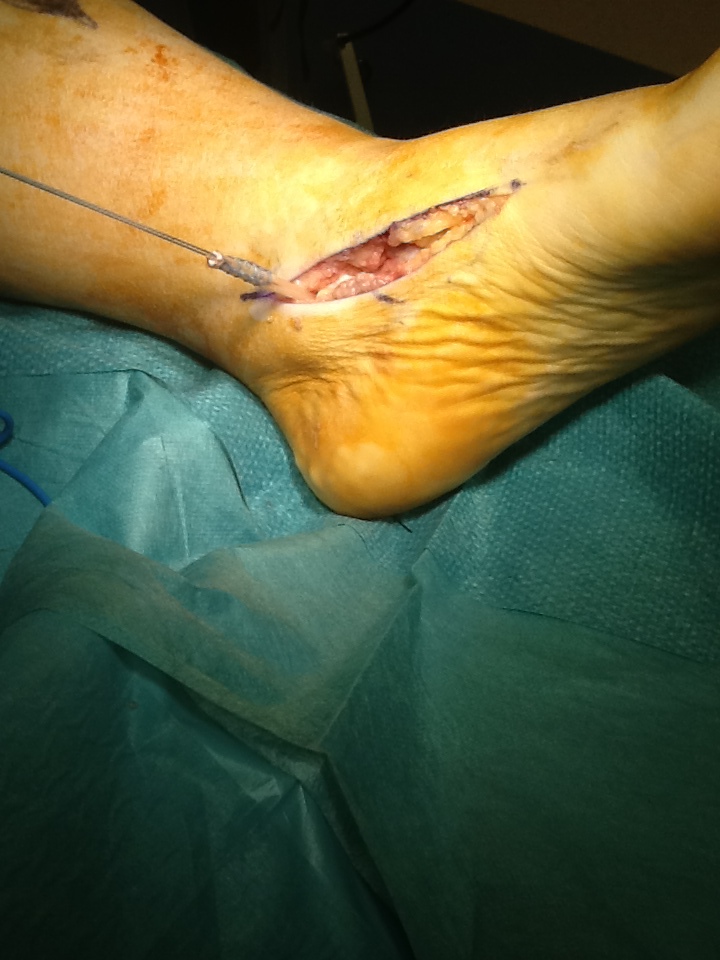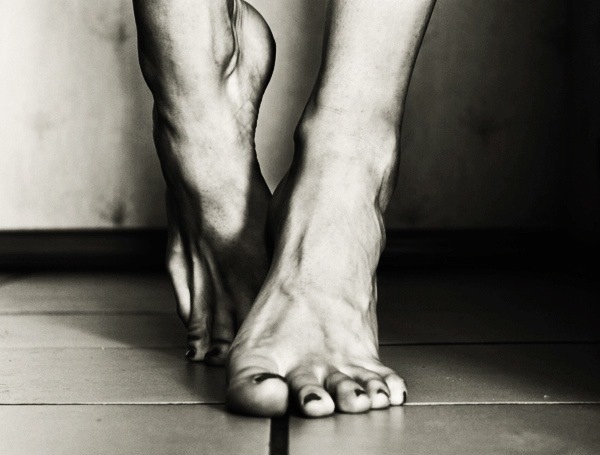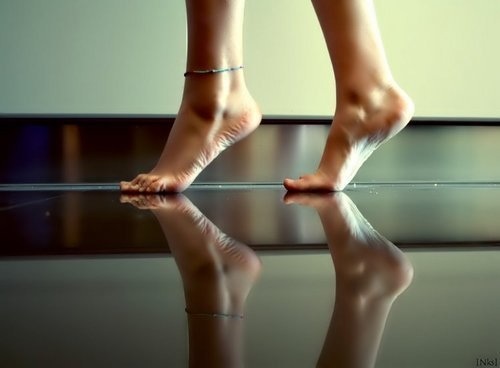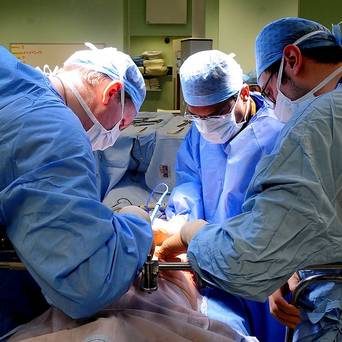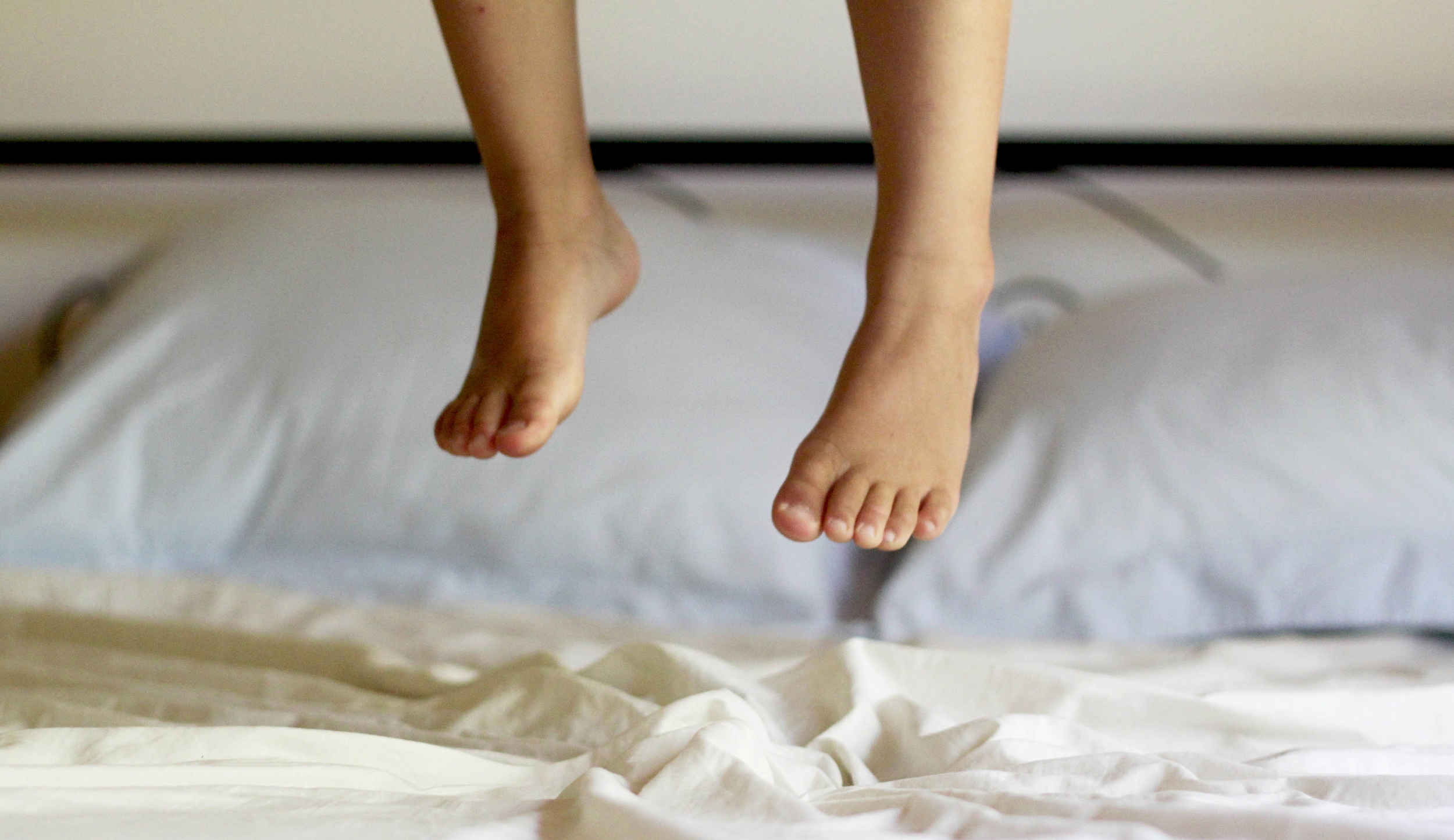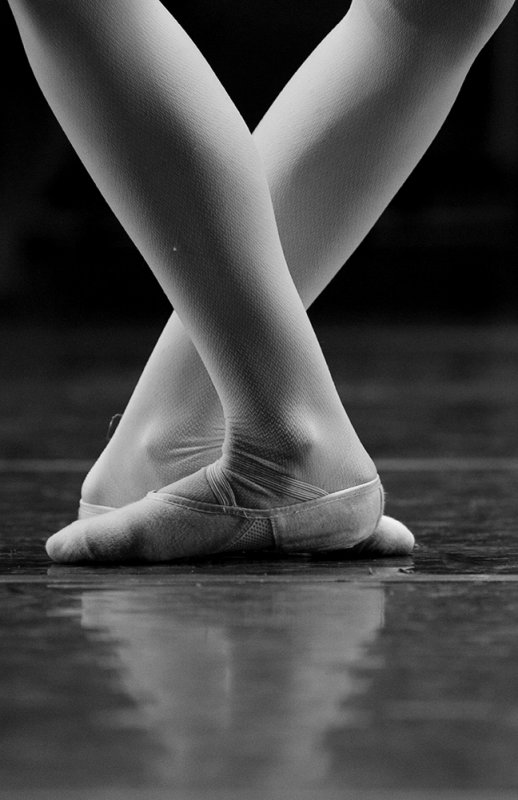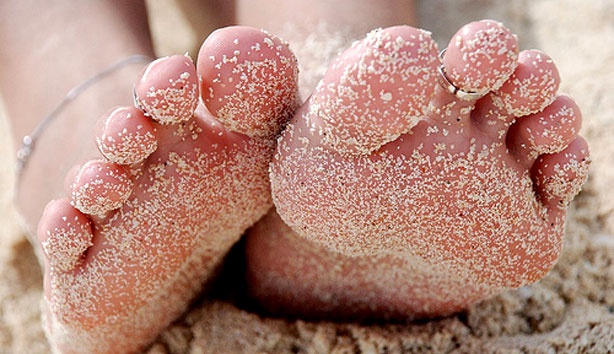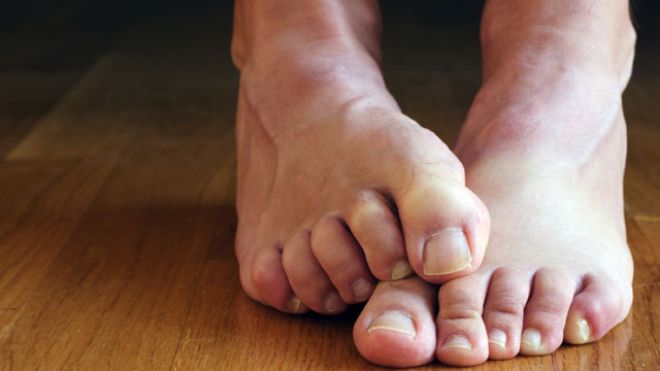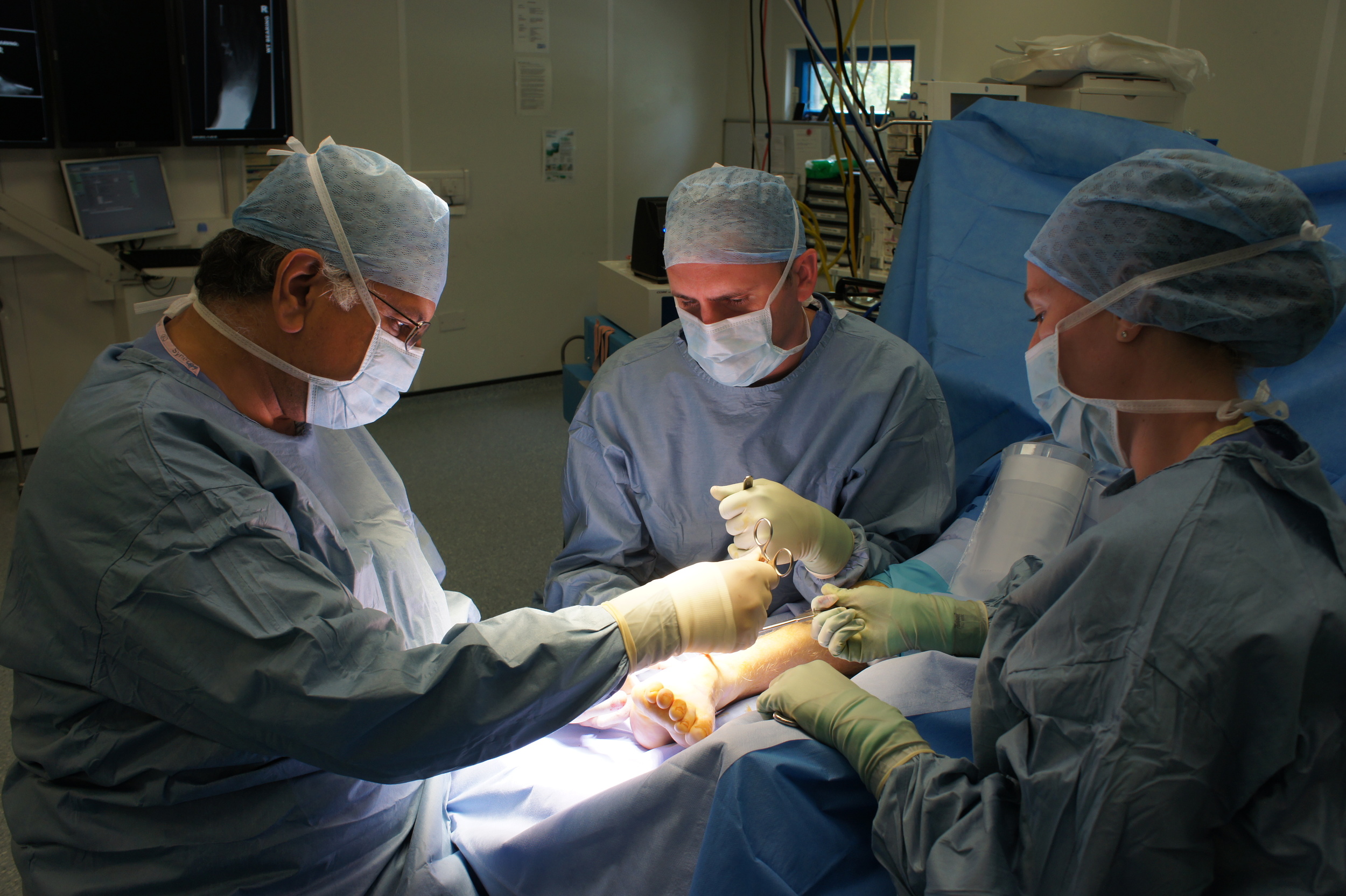What is flat foot?
We understand that persistent foot pain or a noticeable change in your foot's shape can .significantly impact your daily life. While many people have naturally lower arches, if you're experiencing discomfort, stiffness, or a collapsing arch, expert evaluation is key. At the Foot & Ankle Unit at RNOH Stanmore, we have a great deal of experience in treating flat feet and aim to reduce your pain and return you to function and normal life!
Understanding Your Foot's Arch: Is Your Flat Foot Normal?
Your foot is a remarkable structure, designed with a natural arch that provides crucial support and flexibility for everything from gentle walking to power based activities. The height of this arch can vary greatly between individuals. It’s important to know that terms like 'flat feet' or 'fallen arches' can often be misleading. In many cases, a flexible flat foot is a perfectly normal variation, allowing your foot to efficiently absorb and spread forces. This is commonly seen in young children, whose arches develop between ages 3 and 10. Even in adulthood, a flexible flat foot that isn't causing pain or progressive deformity is typically considered normal.
When to Seek Specialist Care for Flat Feet.
"While a flexible flat foot is often benign, certain symptoms or types of flat foot warrant specialist attention. You should consider an assessment with a foot and ankle specialist if you experience:
Persistent Foot Pain
Stiffness in the foot or ankle
An abnormal shoe-wear pattern
Difficulty standing on tiptoes or a collapsing arch
Asymmetrical appearance of the feet
Progressive deformity of the foot
Common Causes of Flat Foot Deformity
Beyond normal variations, flat foot can be caused by specific underlying conditions:
Childhood Stiff Flat Foot (Tarsal Coalition): Occasionally, bones in a child's foot don't separate fully during development, remaining connected or fused. This results in a stiff flat foot that typically presents from puberty with exercise-related pain or stiffness. This condition, called tarsal coalition, may require foot surgery to address the abnormal connection or to fuse the affected bones.
Adult Acquired Flat Foot Deformity (Posterior Tibial Tendon Dysfunction - PTTD): This is a prevalent condition characterized by a progressive flattening of the foot and the heel turning outwards. The primary cause is the stretching or failure of the tibialis posterior tendon , a crucial tendon often described as the 'guy-rope' of the arch. PTTD often begins with pain and swelling on the inside of the ankle, making it difficult to stand on tiptoes.
Flat Foot treatment: the Stanmore approach:
"Our approach to flat foot treatment in London is highly personalized, focusing on your specific diagnosis and symptoms. Mr. Cullen provides a full spectrum of care, from conservative management to advanced foot and ankle surgery.
Non-Surgical Treatments: For early cases of PTTD or painful flexible flat feet, symptoms can often be effectively managed with custom orthoses (shoe inserts) and physiotherapy.
Surgical Interventions for Progressive Deformity:
Tendon Reconstruction: For more advanced PTTD, surgery may be required to correct the deformity. This can involve a calcaneal osteotomy (an operation on the heel bone) and a tendon transfer to reinforce the weakened tibialis posterior tendon.
Hindfoot Fusion (Triple Arthrodesis): In cases of severe and long-standing deformities leading to hindfoot arthritis, a fusion of the hindfoot bones (such as triple arthrodesis) may be necessary. This advanced foot fusion surgery aims to stabilize the foot and heel joints, providing long-term pain relief.
If you think you might be suffering from a flat foot deformity bear in mind that it can be a progressive condition, hence it is well worthwhile seeking an expert opinion as early as you can!
Be sociable..share!


